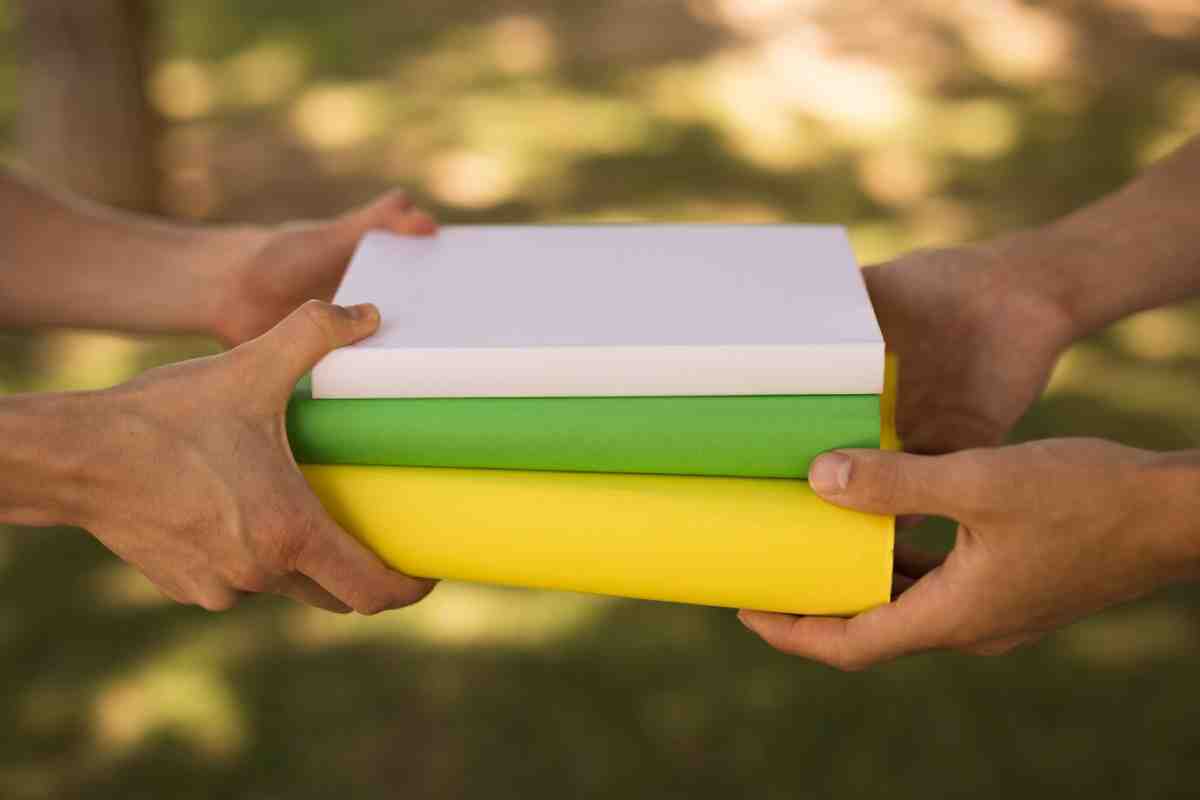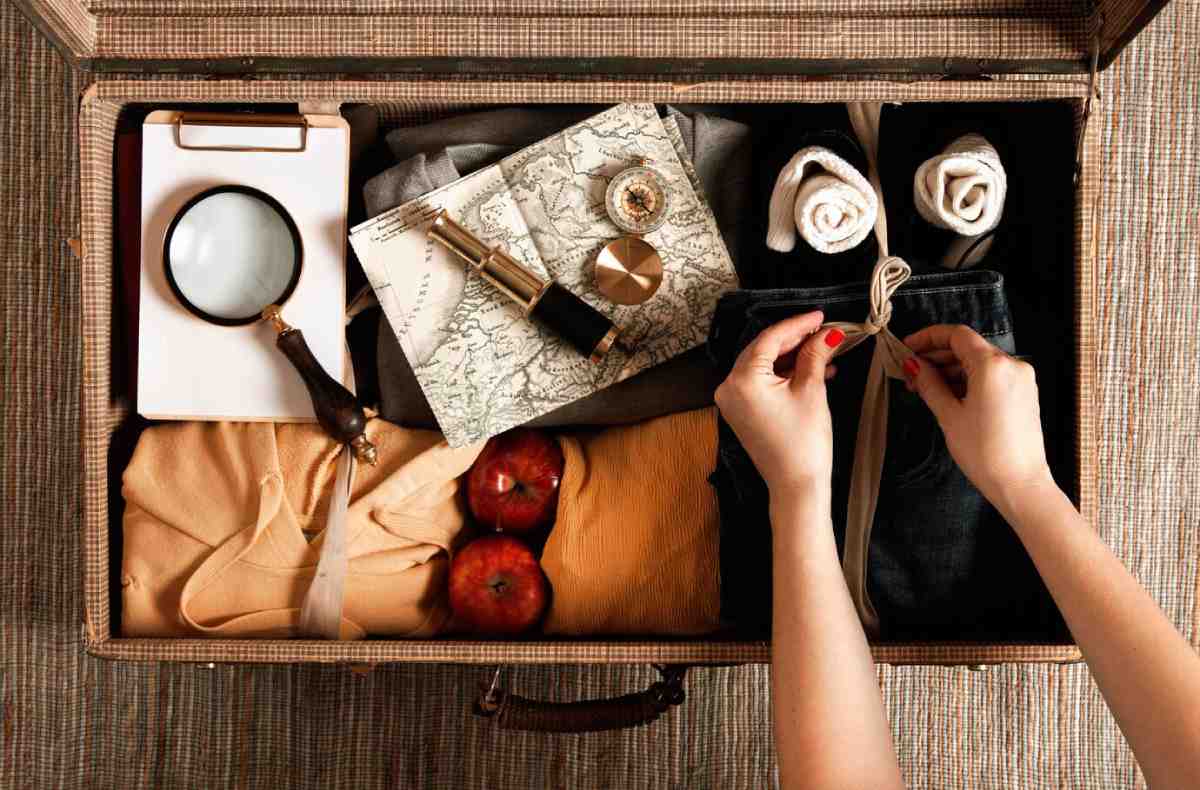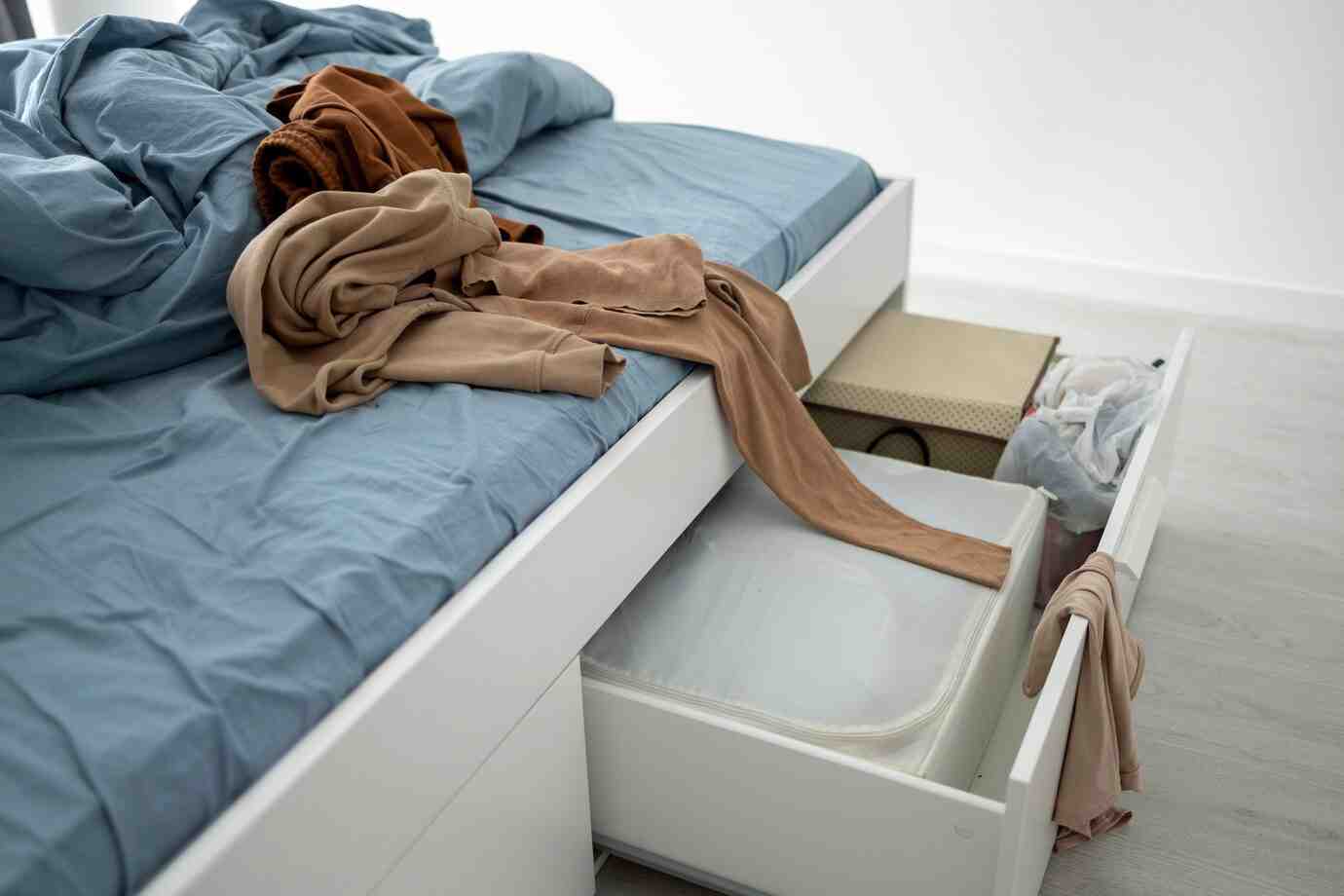
How to Declutter Sentimental Items Without Regret
Decluttering sentimental items can feel like wading through a river of memories. Each object holds a story, a feeling, a moment you fear losing if you let it go.
This is why sentimental decluttering often feels far harder than any other organising task. It’s not simply about clearing space; it’s about navigating identity, memory, and emotion.
But here’s the truth: you can practise mindful decluttering that honours your history without drowning in it. In this guide, you’ll discover expert strategies for emotional organisation that leave you lighter, freer, and still deeply connected to what matters most.
Let’s begin your journey to clarity and peace, without regret.
Understanding the Core: Why Sentimental Decluttering Feels So Difficult
According to psychological studies, objects tied to personal memories activate the brain’s emotional centres. Researchers like Dr Christian Jarrett (The Psychology of Stuff) explain that we often project identity and security onto possessions.
Key challenges of sentimental decluttering:
- Fear of forgetting: Letting go can feel like erasing history.
- Guilt: We feel obligated to keep gifts or inherited items.
- Over-attachment: We confuse love for a person with the need to keep everything associated with them.
Important: Decluttering sentimental items doesn’t erase love, memory, or legacy. It simply makes space for you to live fully in the present.
Quick Guide: Sentimental Decluttering Summary
- Start with less emotionally charged items.
- Set an intention.
- Create a calming environment.
- Feel each item’s energy.
- Sort into four categories.
- Choose quality over quantity.
- Create a memory box.
- Repurpose or donate thoughtfully.
(Bookmark or print this checklist for quick encouragement during sessions!)
Step-by-Step Guide: How to Practise Mindful Decluttering of Sentimental Items

1. Start with Less Emotionally Charged Items
Begin with keepsakes that still matter, but aren’t your most painful or precious. For example:
- Travel souvenirs
- Greeting cards
- Childhood books
Building early momentum boosts confidence for harder decisions later.
Pro Tip: Treat each category as a mini-journey, not a rush to the finish line.
2. Set an Intention Before You Begin
Pause and ask yourself:
- *”What do I hope to create by letting go?”
- *”What memories or values do I want to honour?”
Write down your intention and keep it visible as you work.
3. Create a Calm, Supportive Environment
Prepare:
- Soft lighting
- Comforting music
- A hot drink
- Plenty of tissues if needed
Secret Tip: A comforting environment makes emotional decision-making gentler.
4. Hold Each Item and Feel Its Energy
Ask yourself:
- *”Does this item spark joy or sorrow?”
- *”Am I keeping this out of love or guilt?”
- *”Would I choose to display this proudly?”
Let your body’s physical reaction guide you — joy often feels light and expansive, while guilt or sadness feels heavy.
5. Create Four Sorting Categories
- Keep and Display: Items that genuinely spark joy.
- Keep and Store: Meaningful, but best protected.
- Photograph and Release: Memories you can honour digitally.
- Release with Gratitude: Items that fulfilled their purpose.
Pro Tip: Saying “thank you” aloud before letting go helps close emotional loops with grace.
6. Honour Without Hoarding
Instead of keeping dozens of similar items (e.g., every birthday card), choose the most meaningful 1–2. Quality over quantity preserves emotion better.
7. Create a Memory Box or Archive
Select a beautiful box or album for truly precious items. Limit the size intentionally to curate with care.
8. Give Items a New Life

- Donate meaningful books to libraries.
- Repurpose fabric from clothes into quilts.
- Share heirlooms with family members who appreciate them.
Secret Tip: Giving items “new joy” elsewhere eases the sadness of letting go.
Best Practices & Additional Insights
Allow Yourself Time
Sentimental decluttering takes longer because you’re processing emotions. Honour that. Schedule shorter, regular sessions.
Pause When Needed
Overwhelm or sadness are signals to stop, breathe, and rest, not to push through harshly.
Invite a Trusted Supporter
Sometimes, a compassionate friend or family member can offer perspective when your emotions cloud clarity.
Pro Tip: Choose someone gentle, patient, and non-judgmental.
Document the Journey
Write down reflections, or take photos of “before and after” moments. Seeing progress reinforces your emotional growth.
Secret Tip: Journaling alongside decluttering deepens emotional closure.
Real-World Story: Claire’s Mindful Decluttering Journey
Claire, a nurse from Brighton, faced a painful task: sorting her late mother’s belongings.
“At first, I kept everything,” she recalls. “Every mug, every scarf, every note.”
But soon, the weight of so many things became overwhelming. Using mindful decluttering techniques, Claire:
- Created a single, lovingly curated memory box.
- Photographed sentimental but impractical items.
- Donated her mother’s beloved cookbooks to a local shelter.
“Now,” Claire says, “my memories feel lighter and sweeter. I kept the love, not the burden.”
FAQs About Sentimental Decluttering
How do I deal with guilt over getting rid of gifts?
Remember: the love and intention were fulfilled when the gift was given. Keeping unused gifts out of guilt serves neither you nor the giver.
What if I regret letting something go later?
Photographing items creates a digital memory without the physical burden. Also, trust your decision-making process; it’s rooted in care, not carelessness.
Should I declutter sentimental items alone?
It depends. Some people process better privately. Others benefit from gentle support. Follow your emotional needs.
How do I honour loved ones without keeping everything?
Curate thoughtfully. Keep a few powerful items, create tribute spaces, or craft legacy projects (like scrapbooks or shadow boxes).
Important: Honouring is about meaning, not quantity.
Conclusion: Decluttering Memories with Mindfulness

Practising sentimental decluttering doesn’t mean forgetting. It means creating space for love, memory, and life to flourish, without being trapped in the past.
Through emotional organisation and mindful decluttering, you honour the chapters you’ve lived while making room for the ones yet to be written.
You deserve a home filled with objects that uplift, not overwhelm. Objects that remind you of who you are, not just who you were.
Are you ready to begin your sentimental decluttering journey? Take one item, one memory, one loving step at a time. Share your stories, questions, or wins in the comments below — let’s support each other in living lighter, fuller lives.


